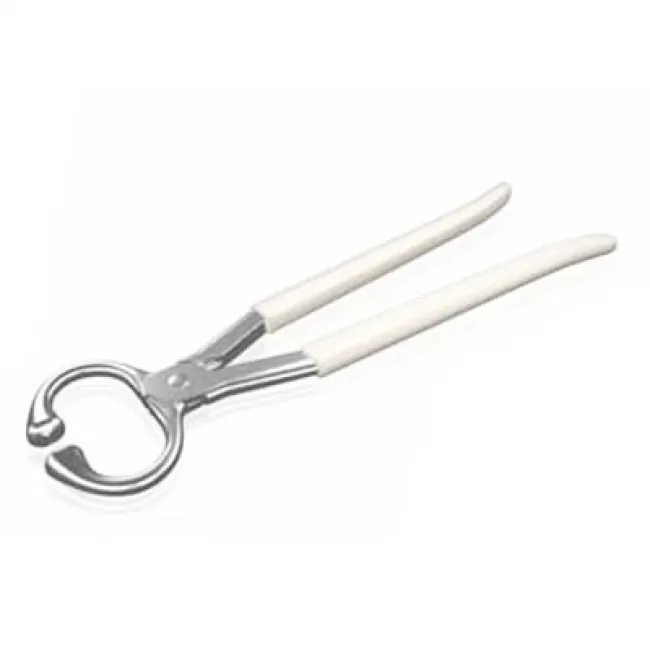Description
A bull holder is a vital tool for livestock management, providing safe and controlled restraint for bulls and other large cattle. It ensures safety during veterinary procedures, grooming, transportation, and breeding by applying gentle, steady pressure to the bull’s nose or head. This prevents sudden movements or aggression, minimizing the risk of injury.
Key Features:
Durable Construction:
Made from high-strength, rust-resistant materials like stainless steel or heavy-duty cast iron, the bull holder is built for durability in tough farm environments.
Effective Control:
The device attaches securely to the bull’s nose ring or septum, applying a firm but gentle grip to prevent sudden movements, making handling easier during medical treatments, hoof care, or transportation.
Versatility Across Farm Operations:
The bull holder is essential for various tasks, including:
- Veterinary Procedures: Helps keep the bull calm during treatments like vaccinations.
- Breeding: Controls the bull during breeding, reducing aggression.
- Grooming and Hoof Care: Ensures stability during trimming or bathing.
- Transportation: Aids in safe loading and unloading, reducing stress during transit.
Promotes Animal Welfare:
By applying controlled pressure, the bull holder minimizes discomfort and stress, providing a humane restraint method that reduces anxiety, especially during sensitive tasks.
User-Friendly Design:
The ergonomic handles provide a comfortable grip, while quick attachment and removal save time and improve efficiency during farm operations.
Adjustability:
Bull holders come in various sizes to fit different cattle breeds. Some are designed for nose rings, while others feature adjustable clamps for direct attachment to the septum.
How to Use a Bull Holder Safely:
- Secure Attachment: Attach the holder firmly without over-tightening.
- Approach Calmly: Approach the bull confidently to avoid startling it.
- Apply Steady Pressure: Use consistent, gentle pressure, avoiding sudden movements.
Conclusion:
A bull holder is indispensable for efficient and safe livestock management, ensuring the welfare of both the animal and handler. It streamlines farm operations and enhances safety during veterinary care, grooming, breeding, and transportation. Investing in a high-quality bull holder is essential for maintaining smoother, safer farm activities.


